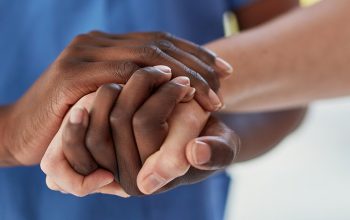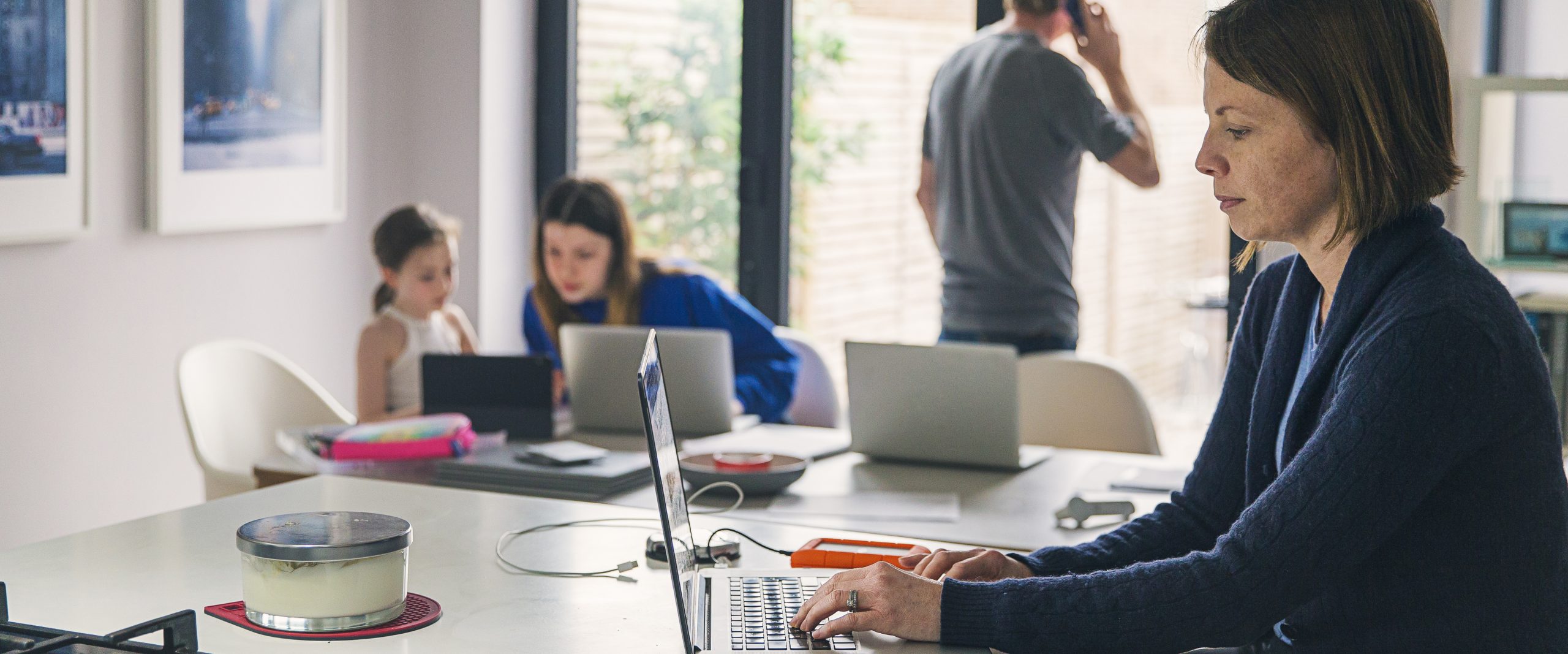Colleague empowerment and resourceful solutions lead to top marks in rehab and recovery care.
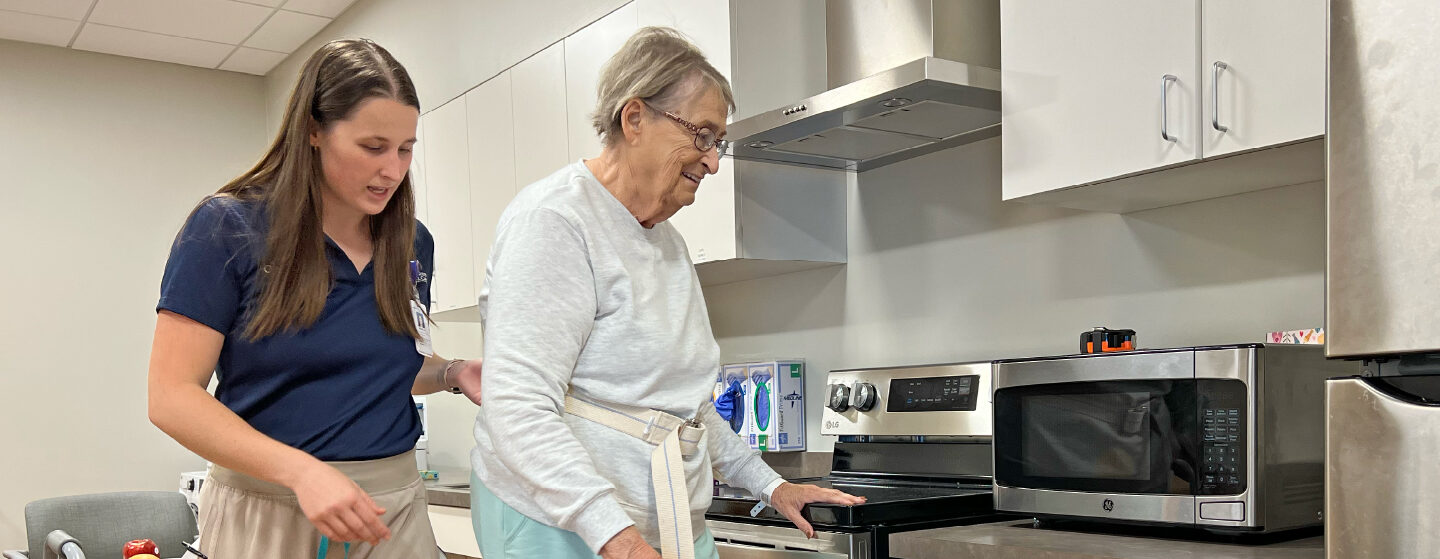
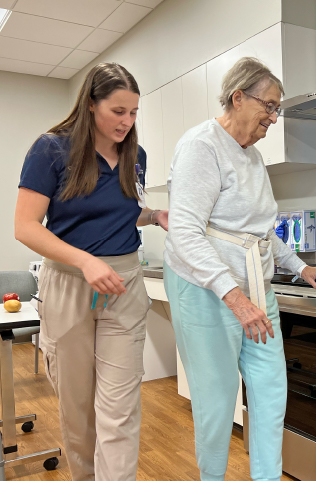
One hallmark of a commitment to continuous improvement in healthcare is an organization that not only resists resting on its laurels, but also builds on past achievements. In 2022, 23 HCA Healthcare inpatient rehabilitation facilities (IRFs) were named on Newsweek’s best physical rehabilitation centers. And later that year, 32 HCA Healthcare facilities earned top marks in the 2022 Press Ganey Human Experience Awards, including several inpatient rehabilitation facilities.
A prime example of maintaining and improving upon that standard of excellence is St. David’s North Austin Medical Center’s IRFs, which has remained in the top 10% of IRFs in the nation for 10 years running, and in the top 99% in the last six years. In 2022, the rehabilitation program relocated and expanded.
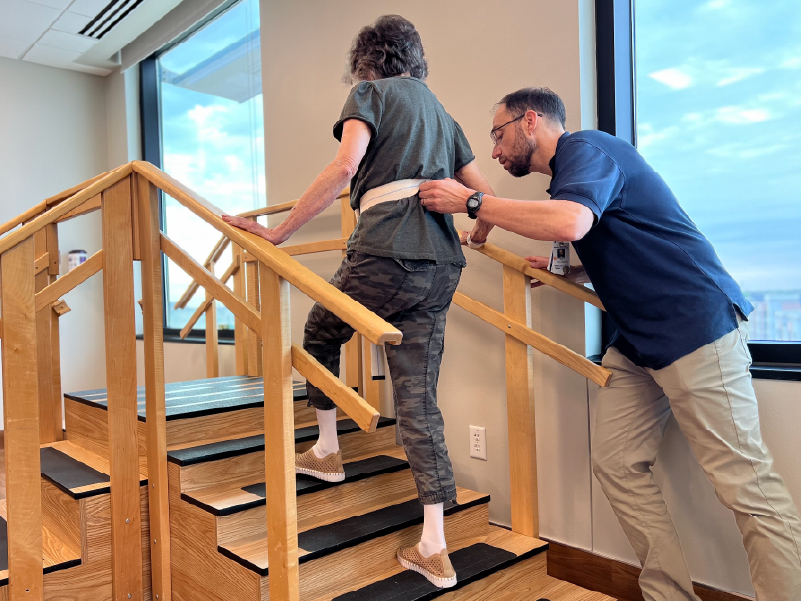
“Last year, our inpatient rehabilitation facility relocated from St. David’s North Austin Medical Center to St. David’s Surgical Hospital, which is a campus of St. David’s North Austin Medical Center,” says Paul Pajak, director of Rehabilitation Services, Inpatient Rehabilitation, Wound Care and Hyperbaric Oxygen Therapy at St. David’s North Austin Medical Center.
“This move allowed us to grow from 16 patient beds to 20 private rooms, including a few guest suites for patients’ families. Moving our program to St. David’s Surgical Hospital provides a completely different environment that feels less clinical,” says Paul. “Large, private rooms are ideal for longer inpatient care and rehabilitation after a procedure or illness.”
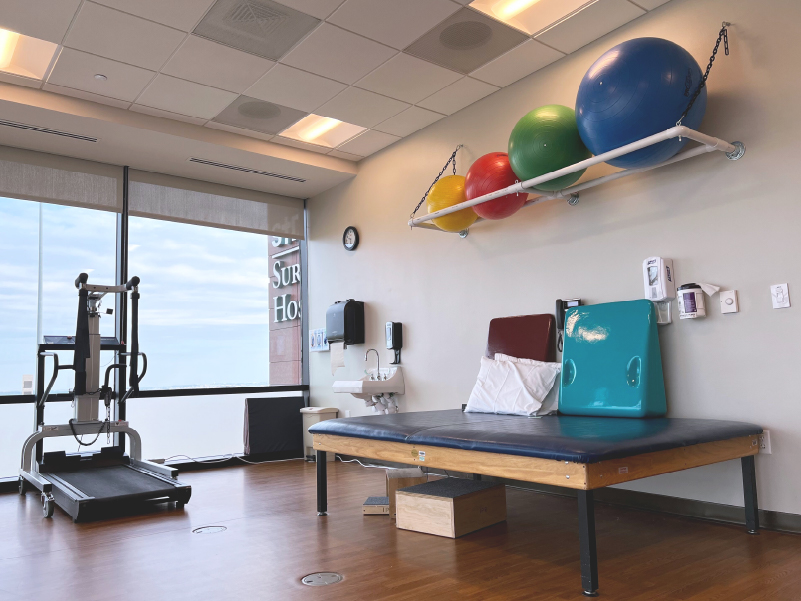
The new facility offers a 1,200-square-foot physical therapy gym and an occupational therapy suite with a tub, a shower, a toilet, a bed, a fully functioning kitchen and a washer/dryer for patients to practice their daily living activities. In addition, a rooftop terrace provides a great space where patients can enjoy fresh outdoor air. It’s an exceptional setting for patients recovering from serious medical issues.
Moving our program to St. David’s Surgical Hospital provides a completely different environment that feels less clinical.— Paul Pajak, director of Rehabilitation Services, Inpatient Rehabilitation, Wound Care and Hyperbaric Oxygen Therapy at St. David’s North Austin Medical Center.
Its staff of 130 colleagues primarily treats patients recovering from stroke, traumatic brain injuries, spinal cord injuries and amputations, as well as orthopedic and neurological conditions. Forty colleagues serve about 360-400 inpatient rehab patients annually, according to Paul.
Despite the obvious advantages that the new facility delivers, the most important asset is still the quality of care provided by those colleagues.
“We attribute our facility’s success to our tenured core nursing and therapy staff, as well as our facility’s leadership,” Paul says.
In 2022, St. David’s North Austin Medical Center’s inpatient rehabilitation program was ranked No. 9 out of 72 HCA Healthcare IRFs for patient satisfaction. Predictably, the unit’s colleague engagement rate was above 80%.
Colleagues in Control
Jon Wilke MPT, supervising therapist for Inpatient Rehabilitation at St. David’s North Austin Medical Center, has been a therapist for over 25 years, including 16 with St. David’s HealthCare. He says the work environment benefits from an inclusive supervisory approach that considers everyone’s opinion and expertise, which makes colleagues feel valued.
They’re empowered to guide and provide input in patient care plans, including what techniques might be successful. Moreover, Jon commends the collaborative nature of the relationship between the rehabilitation team’s nurses and therapists. For example, if the nursing staff is having trouble managing their patients during shift changes, therapists step in to help patients during those times. Their shifts are also staggered so that an occupational therapist is available during mealtimes.
“We get to see the patients at different time sets, which is valuable,” says Jon. “Performance often degrades as the day goes on, and you’re only as good as your worst performance. We must make sure that performance is good over the 24-hour period before the patient goes home.”
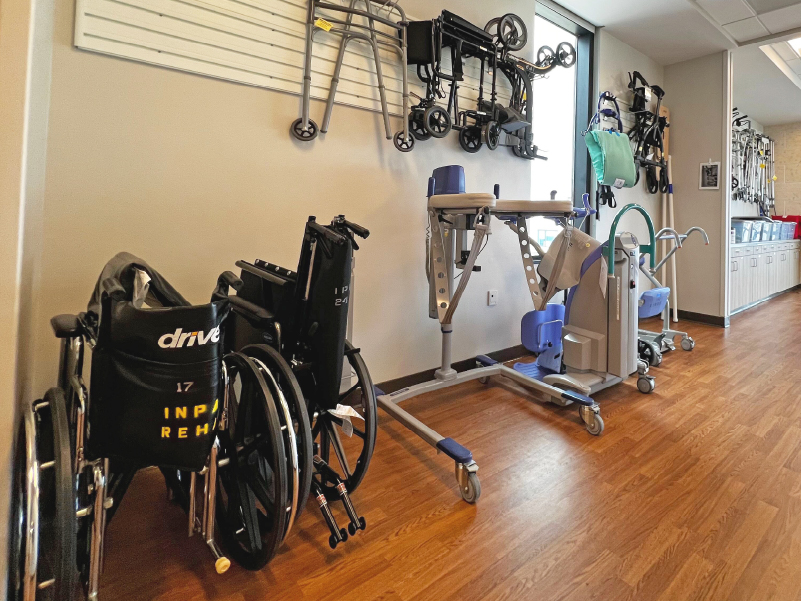
Resourceful Solutions
To achieve optimal patient outcomes, Centers for Medicare & Medicaid Services (CMS) guidelines are followed closely whenever rehabilitation patients are admitted.
“Our nurse manager, medical director and I agree on each patient’s individualized plan of care,” says Paul. “We ask each family to take pictures of the patient’s home, and we set up our activities of daily living (ADL) suite to make it look like their living room or bedroom.
While most ADL suites have stationary furniture, our furniture is mobile, so we can make each patient’s rehab environment as close to home as possible and even adjust for people who are right- or left-handed.” Colleagues can also think creatively and employ new methods. Therapists had used the Nintendo Wii for the past decade, but recently upgraded to the Nintendo Switch. Jon says an occupational therapist brought their own to try first.
“The Switch has taken our therapy to the next level and works more than just the legs. It’s full-body activity,” Jon says.
Video games can play a significant role in a patient’s recovery, and they often play them on the 70-inch TV in the gym. Younger patients who grew up gaming are already familiar with them. Games can also include balance and sports activities, such as tennis and golf, which Paul says are great for knee and hip replacements. If a patient’s goal is to get back on the golf course, they can practice proper movement in the gym with a video game.
“We can select games that match each patient’s goals,” says Paul. “We also use driving games a lot. These games come with a steering wheel that simulates real-world driving and helps patients with cognition and problem-solving skills.”
